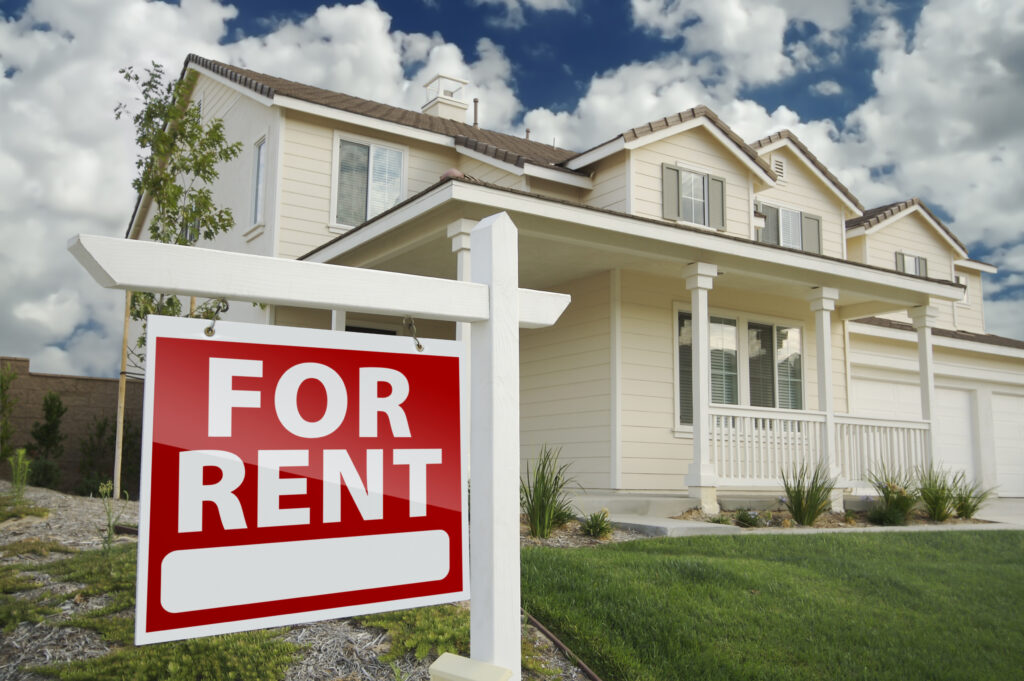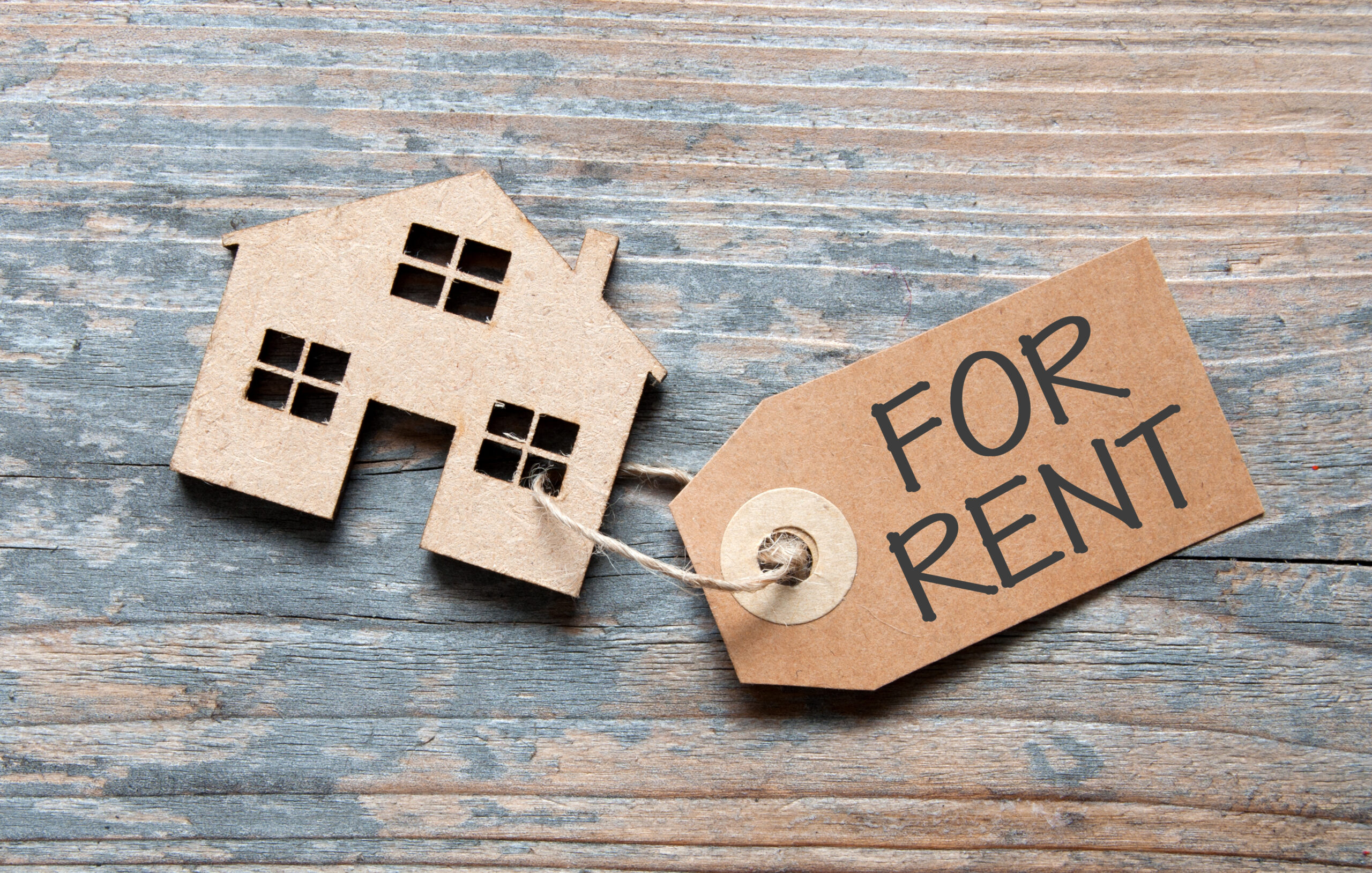Understanding Income Property
Income property refers to real estate purchased to generate rental income. This can include residential properties like single-family homes, apartments, or condominiums, as well as commercial properties such as office buildings, retail spaces, or industrial complexes. The primary source of revenue for income property owners is the rent paid by tenants occupying the property.
How It Works
Investing in income property involves several key steps. Firstly, investors identify properties with the potential to generate rental income that exceeds the costs associated with ownership, including mortgage payments, property taxes, insurance, maintenance, and management fees.
Once a suitable property is acquired, investors can either manage it themselves or enlist the services of a property management company. Marketing the property, screening tenants, collecting rent, and handling maintenance requests are among the responsibilities involved in property management.
As tenants occupy the property and pay rent, investors can enjoy a steady stream of income. Over time, as property values appreciate and mortgages are paid down, the equity in the property grows, further enhancing the investor’s wealth.
Pros and Cons for Active Investors
Active real estate investors, on the other hand, are directly involved in the acquisition, management, and sale of income properties. This hands-on approach offers greater control over investment decisions and the potential for higher returns. Active investors can leverage their expertise to identify undervalued properties, negotiate favorable terms, and implement value-adding strategies to maximize profitability.
Additionally, active investors can take advantage of tax benefits associated with income property ownership, such as depreciation deductions and capital gains tax deferral through 1031 exchanges. By actively managing their properties, investors can optimize cash flow, minimize expenses, and enhance overall returns.
However, active real estate investing requires significant time, effort, and expertise. Finding and evaluating investment opportunities, managing tenants, and overseeing property maintenance can be demanding tasks that require a hands-on approach. Moreover, the risks associated with market fluctuations, tenant turnover, and unforeseen expenses require active investors to be vigilant and adaptable.

Pros and Cons for Passive Investors
For passive investors adopting the role of lenders in income property investment, there are notable advantages to having their funds generate a return on investment without direct involvement in property management. By providing financing for income-producing properties, passive investors can:
- Enjoy a steady stream of income in the form of payments from borrowers
- Elminate day-to-day operational responsibilities
- Diversify their investment portfolio
- Potentially earn higher returns compared to traditional investment vehicles like stocks or bonds
However, passive investors turned lenders must also consider the risks associated with their investment. In the event of borrower default, lenders may face the prospect of foreclosure proceedings to recoup their investment. This can entail legal complexities, time-consuming processes, and additional costs, potentially eroding the anticipated returns. Moreover, in the event of foreclosure, passive investors may find themselves thrust into an active role, requiring them to manage or sell the property to mitigate losses. Thus, while passive lending in income property investment offers the allure of passive income, it also carries inherent risks that require careful consideration and risk management strategies.
This is why we created ILS Capital – learn more about investing in our note funds and never worry about active real estate management again.
Income Property Conclusion
In summary, income property investment offers both passive and active investors a pathway to financial success. Whether seeking passive income streams or actively growing wealth through real estate, income property provides a versatile and lucrative investment vehicle. By understanding the nuances of income property ownership and weighing the pros and cons, investors can make informed decisions that align with their financial goals and risk tolerance.



